Euphonium Concerto - Edward Gregson - Euphonium and Piano |
||
|
Here is the Euphonium Concerto by Edward Gregson, just published with piano accompaniment.
This is certain to be a highly sought-after concerto and one that advanced players will want to study and perform in the future.
Program notes by the composer:
The Euphonium Concerto was commissioned by the Euphonium Foundation UK and was written for, and dedicated to, David Childs. Lasting some 22 minutes, it is a large-scale symphonic work in both its structure and scale. Its three movements, subtitled Dialogues, Song without Words, and A Celtic Bacchanal, explore the full range of the technical, musical, and emotional scope of the euphonium.
The first movement, Dialogues, is concerned with contrast and development, using as a reference point a five note musical cypher (BACH – B flat, A, C, B natural – followed by a tritone F). This cypher is used in various guises throughout the movement and beyond and acts as a ‘pillar’ in an ever-changing musical canvass. The movement’s sonata form structure contrasts highly charged rhythmic ideas with a lyrical second section, where perhaps the euphonium takes on the cloak of a cello with its soaring melodicism. This leads to a central section, with scurrying semiquavers culminating in a frenetic fugal climax before returning to the opening ideas, now further explored and developed.
An extended cadenza, with brief but dramatic interruptions from the timpanist, leads directly into the slow movement – Song without Words. Here, the peaceful mood of the opening tutti section leads to a wistful ballad for the soloist, which pays nostalgic homage to another era long since gone. The opening music returns, this time developing into an intense climax, before quietly sinking into a reprise of the opening music, with the soloist’s ballad now transferred from minor to major. The movement ends quietly and leads without a break into the final movement.
A Celtic Bacchanal is, as the title suggests, a wild dance that takes on some of the character of Celtic folk music (the dedicatee is a Celt, and the composer half-Celt!). Whilst primarily being a technical tour-de-force, a lyrical central section once again exploits the euphonium’s singing qualities, reaching a majestic peroration before subsiding into tranquility. The folk-like dance starts up again, this time culminating, via a reference to the first movement, into an exuberant and life-affirming coda.
The work exists in FOUR versions, with symphony orchestra, wind orchestra, brass band and here on this site , with piano accompaniment.
Published by Novello.
Listen on Youtube:
1st movement. https://youtu.be/HQpRkoieEsU
2nd movement. https://youtu.be/s1jiTR68Avo
3rd movement. https://youtu.be/z-Q77JWaibo
Highlly recommended!
Duration: 22minutes
Difficulty level: 5/6
Supplied with: solo parts in TC and BC and piano part.

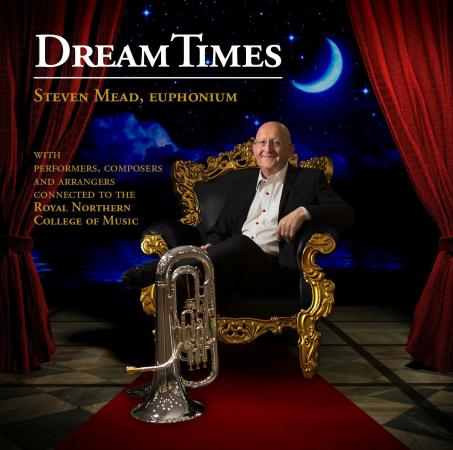


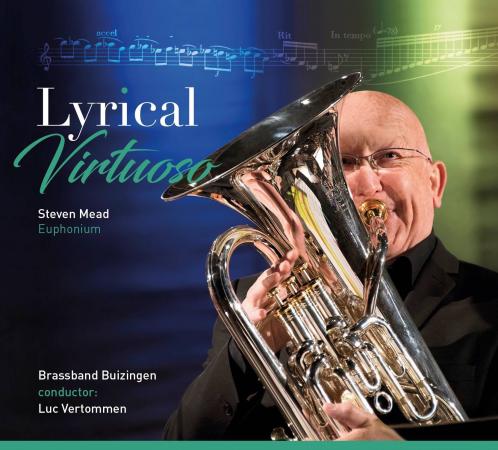






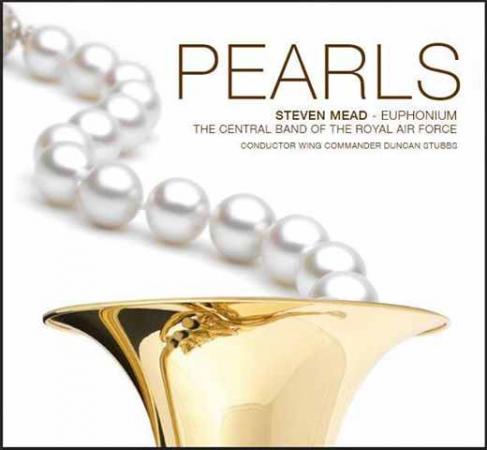
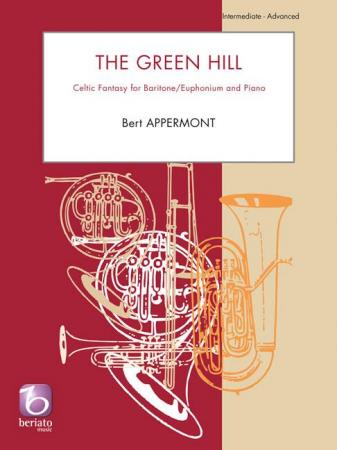


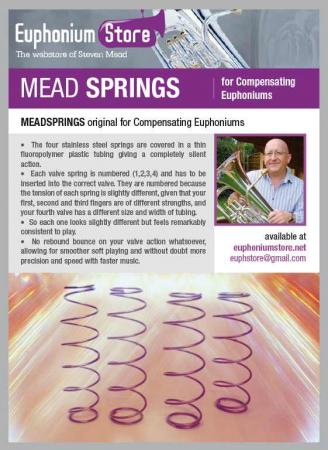
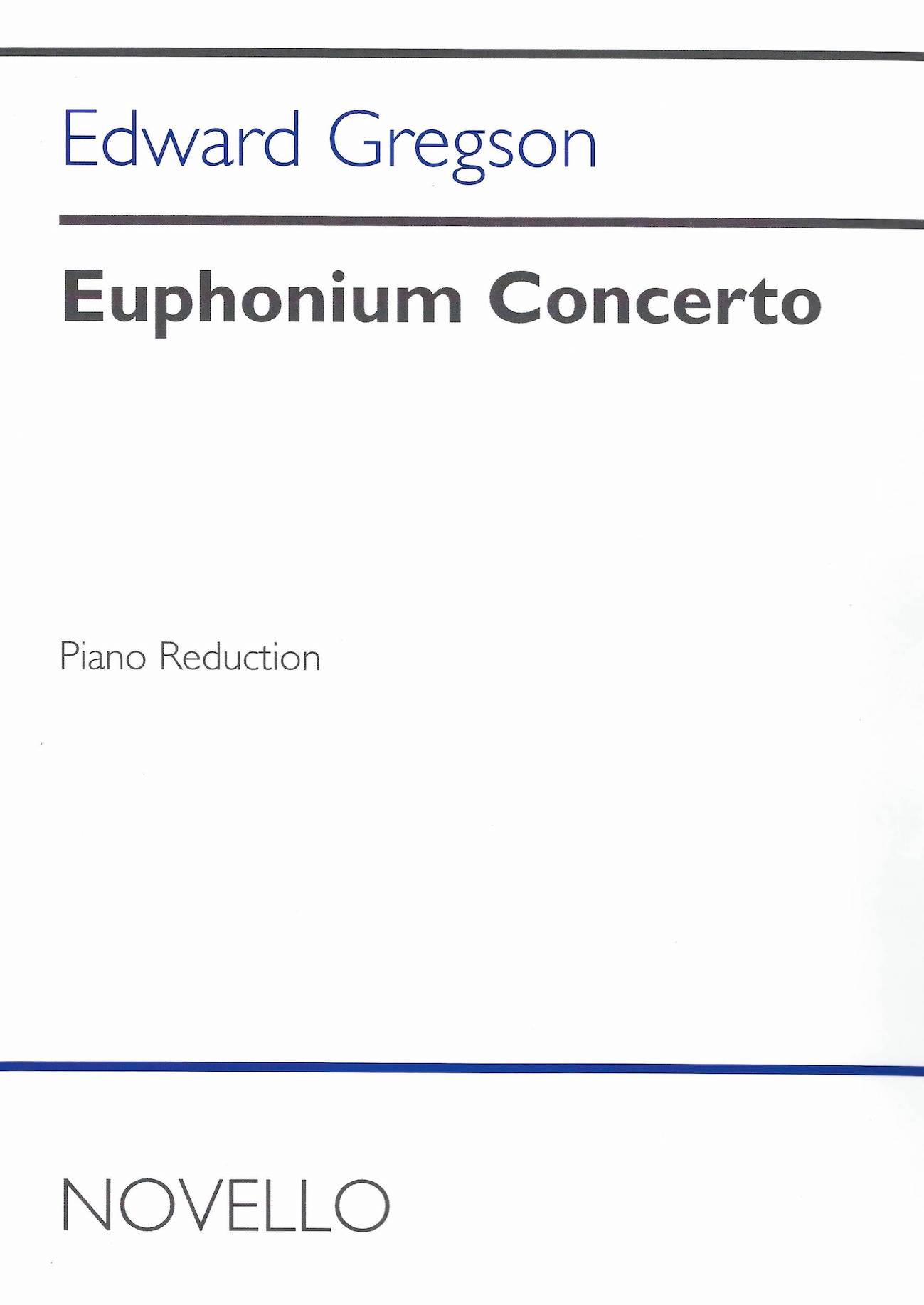

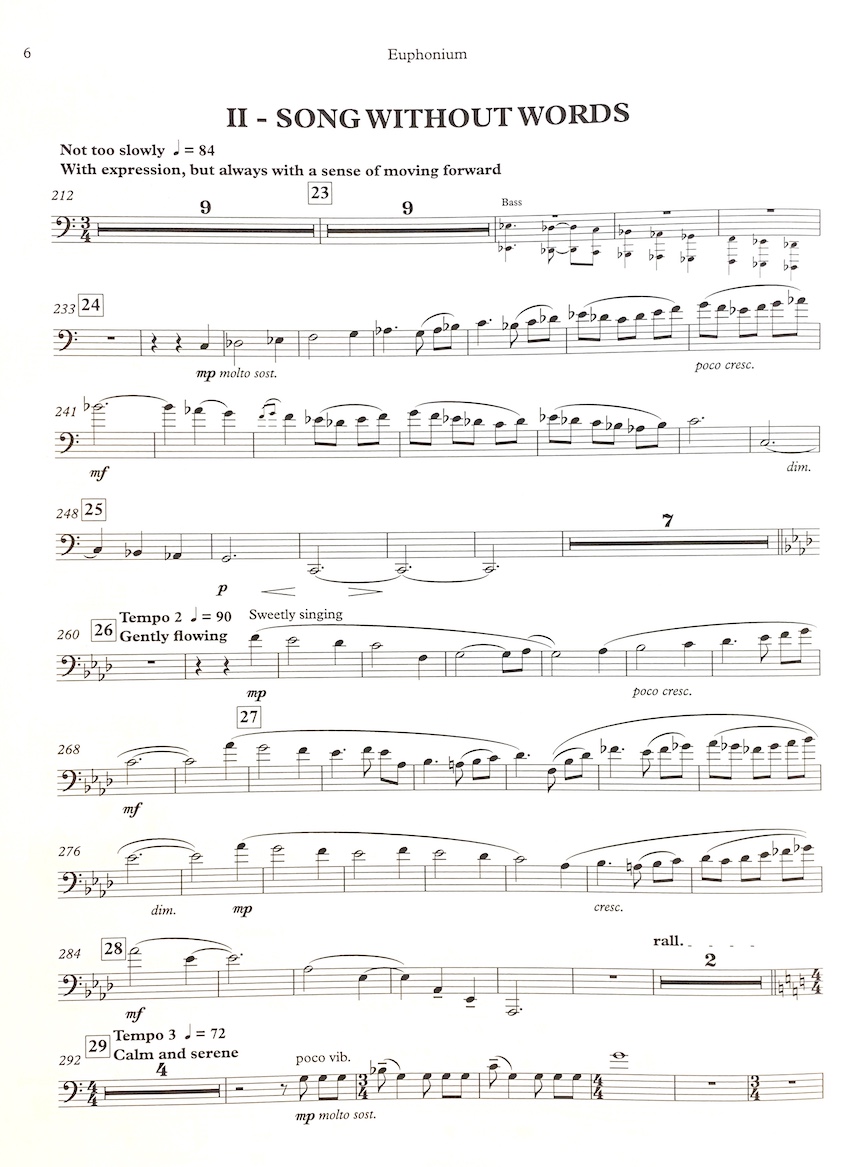
 In stock
In stock